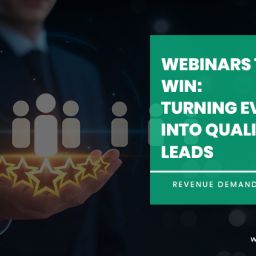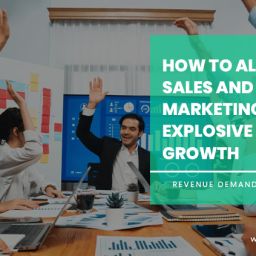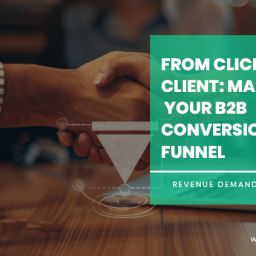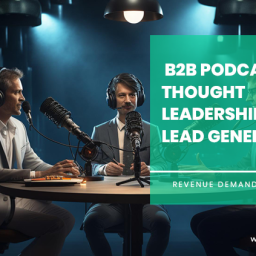Measuring ROI on Demand Generation: What to Track in 2026
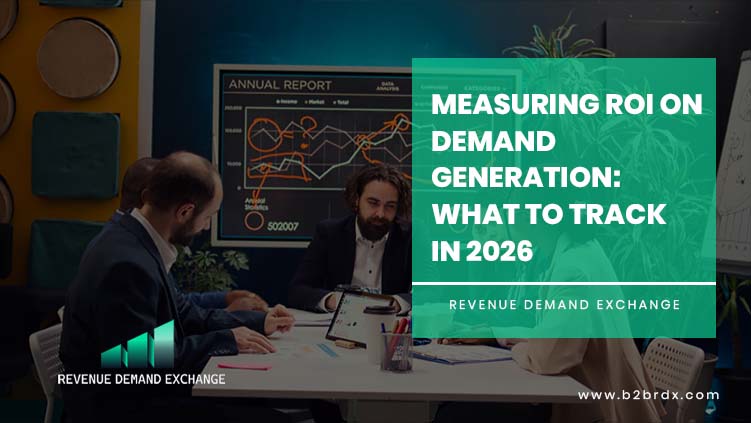
Demand generation has become the backbone of B2B growth strategies, aiming to attract, engage, and convert prospects across the entire buyer’s journey. However, creating campaigns is only part of the equation. To ensure resources are being spent effectively, measuring return on investment (ROI) is crucial. As marketing technology evolves and buyer behaviors shift, the metrics and approaches for tracking demand generation ROI must also adapt. In 2026, marketers need a combination of quantitative and qualitative indicators to evaluate performance accurately and optimize campaigns for maximum impact.
Understanding Demand Generation ROI
ROI in demand generation measures the effectiveness of marketing campaigns in generating revenue relative to the cost invested. Unlike traditional lead generation, demand generation focuses on creating awareness, nurturing leads, and driving engagement throughout the funnel. Therefore, calculating ROI requires tracking not just the number of leads but also the quality, influence on pipeline, and contribution to closed deals. An accurate understanding of ROI enables marketers to allocate budgets more efficiently, justify spend to leadership, and refine strategies to generate high-value outcomes.
Tracking Lead Quality Over Quantity
While volume metrics like total leads or form submissions are easy to measure, they don’t tell the full story. High-quality leads—those with high intent and strong fit—have a higher likelihood of converting. Metrics such as lead scoring, lead-to-opportunity ratio, and engagement levels provide a more nuanced view of campaign effectiveness. In 2026, AI-driven scoring models and predictive analytics allow marketers to better assess lead quality and prioritize efforts toward prospects most likely to impact revenue, ensuring ROI calculations reflect actual business value.
Monitoring Marketing-Influenced Pipeline
Demand generation doesn’t always create immediate conversions; often, it influences opportunities indirectly. Tracking marketing-influenced pipeline—opportunities that interacted with campaigns at any stage—provides insight into the broader impact of marketing efforts. Attribution models, such as first-touch, last-touch, and multi-touch, help quantify this influence. Understanding which campaigns, channels, and content pieces are contributing to pipeline growth allows marketers to optimize investments and improve ROI with data-driven decisions.
Evaluating Conversion Rates Across the Funnel
Conversion rates are a critical metric for measuring the efficiency of demand generation campaigns. Track conversions at every stage—from website visitors to leads, MQLs (Marketing Qualified Leads), SQLs (Sales Qualified Leads), and closed deals. Identifying bottlenecks in the funnel can help optimize content, messaging, and targeting. For example, a high number of MQLs that fail to convert to SQLs may indicate a need for better lead nurturing or sales alignment. Monitoring these metrics ensures campaigns are not just generating activity but driving meaningful progress toward revenue.
Measuring Cost Per Lead and Cost Per Acquisition
Financial metrics are central to ROI assessment. Cost per lead (CPL) measures how much it costs to generate a single lead, while cost per acquisition (CPA) evaluates the expense of converting a lead into a customer. Both metrics help identify which channels, campaigns, or tactics provide the most cost-effective results. In 2026, marketers can leverage AI and analytics platforms to track CPL and CPA in real-time, enabling rapid adjustments to budgets, targeting, and messaging for higher ROI.
Tracking Engagement Metrics for Campaign Effectiveness
Engagement metrics are strong indicators of campaign resonance and audience interest. Metrics such as email open rates, click-through rates, webinar attendance, content downloads, and social interactions reveal how well your campaigns are connecting with prospects. High engagement signals that your content is relevant and valuable, while low engagement may indicate a need to adjust messaging, creative, or targeting. Integrating these metrics into ROI analysis provides a deeper understanding of which campaigns are driving both awareness and conversion potential.
Incorporating Attribution and Multi-Touch Analysis
As buyer journeys become more complex, understanding which touchpoints contribute to conversions is essential. Multi-touch attribution models track the impact of every interaction—email, webinar, blog, social media, or paid advertising—on a lead’s progression. By assigning weighted value to each touchpoint, marketers can identify which campaigns drive the most influence and optimize resource allocation. In 2026, advanced attribution tools and AI analytics enable precise tracking of omnichannel engagement, offering a comprehensive view of demand generation ROI.
Evaluating Long-Term Customer Value
ROI on demand generation is not limited to the initial sale. Assessing long-term customer value (LCV) helps understand the full financial impact of campaigns. By tracking metrics such as repeat purchases, upsell opportunities, subscription renewals, and retention rates, marketers can quantify how early-stage engagement influences lifetime revenue. Campaigns that drive high-quality leads with long-term potential may justify higher upfront investment, providing a more holistic view of ROI beyond immediate conversions.
Continuous Optimization and Reporting
Measuring ROI is not a one-time activity; it requires continuous monitoring and optimization. Regularly reviewing metrics, conducting A/B testing, and refining campaigns based on performance data ensures sustained improvement. Clear reporting frameworks allow marketing teams to communicate value to stakeholders, identify areas of underperformance, and replicate successful campaigns. In 2026, automated dashboards and AI-powered analytics make it easier to track ROI in real-time, enabling faster decision-making and better strategic alignment.
Conclusion
Measuring ROI on demand generation in 2026 requires a multi-dimensional approach that goes beyond counting leads. Marketers must track lead quality, pipeline influence, conversion rates, costs, engagement, attribution, and long-term customer value. By combining these metrics, businesses can gain a clear understanding of which campaigns drive revenue, optimize resource allocation, and maximize marketing effectiveness. As B2B demand generation becomes increasingly data-driven, measuring ROI accurately is not just a reporting exercise—it’s a strategic tool for driving sustainable growth and competitive advantage.


